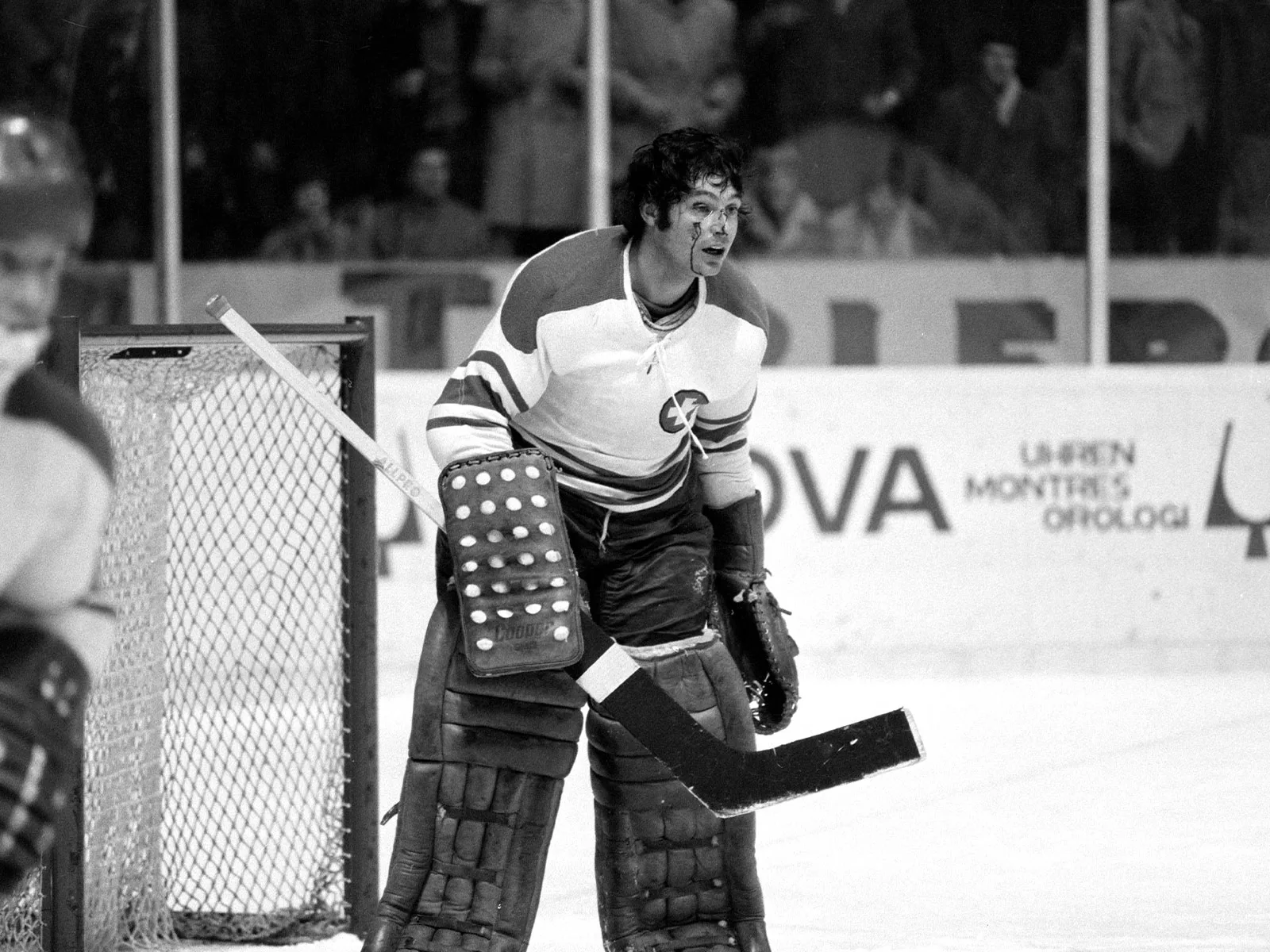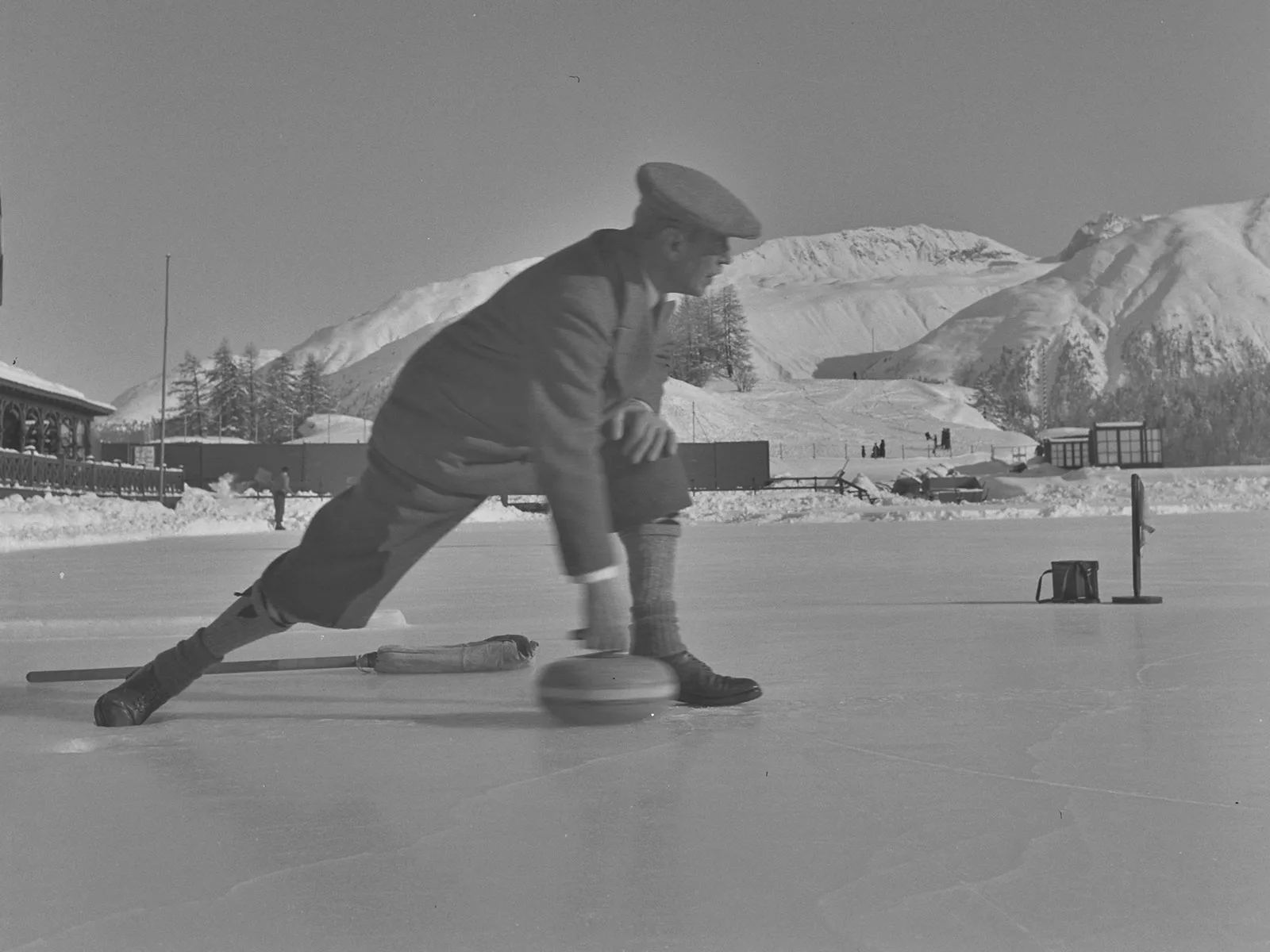
From Scottish gentlemen to the «Eisgenossinnen»
How a traditional game from Scotland became a glamour sport in Switzerland, and then went back to being a traditional game ‘of the people’: A brief history of curling in Switzerland
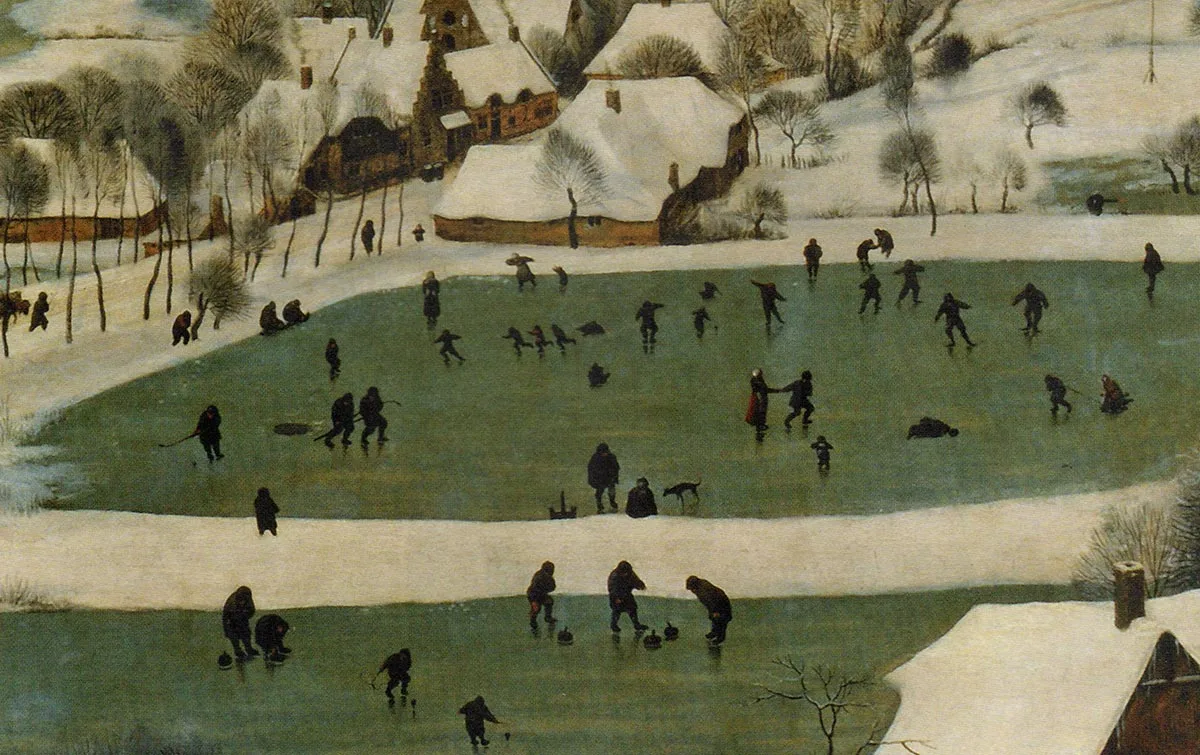
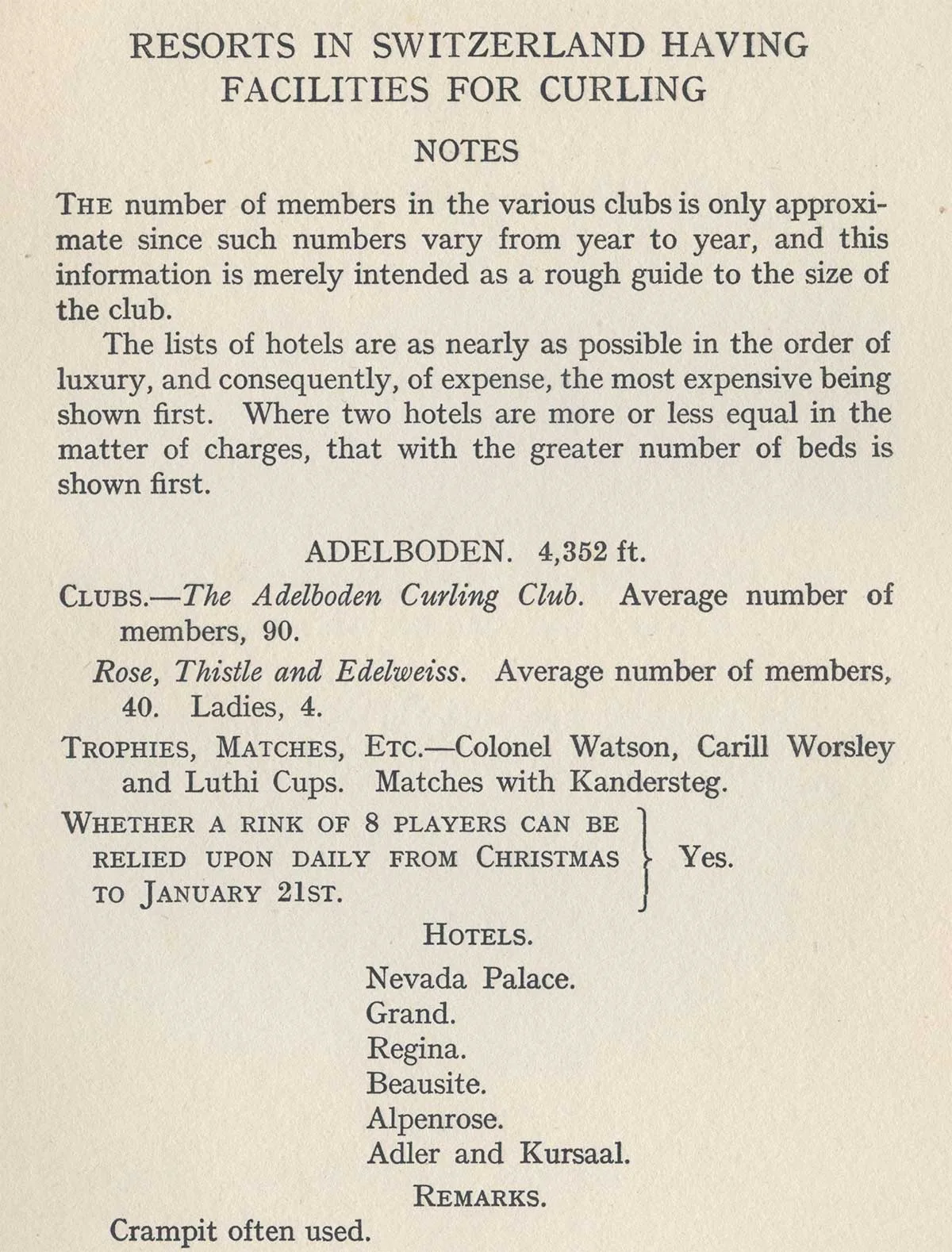
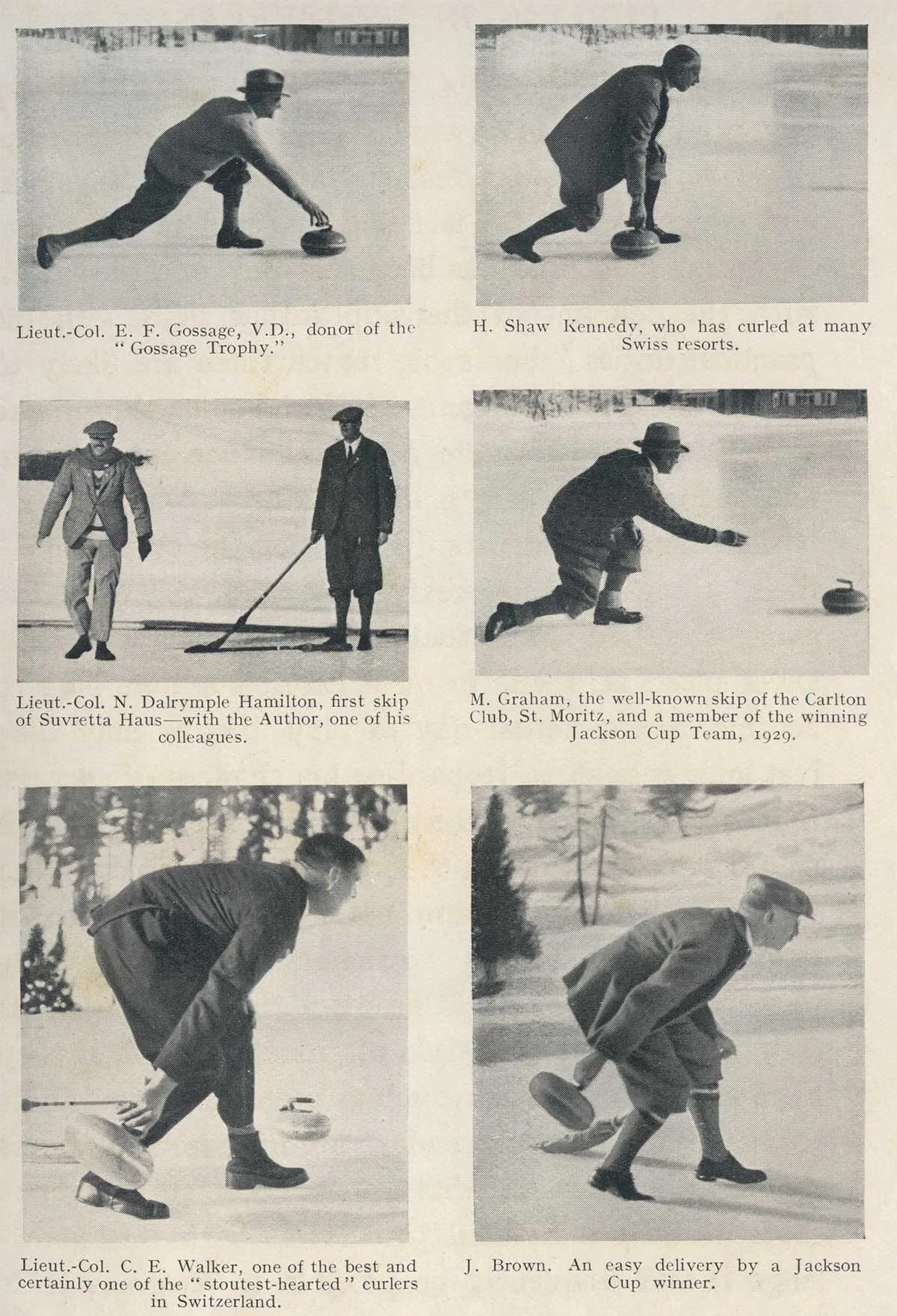
Curling match in St Moritz, 1938. YouTube / British Pathé
Slow ‘Swissification’ of the sport
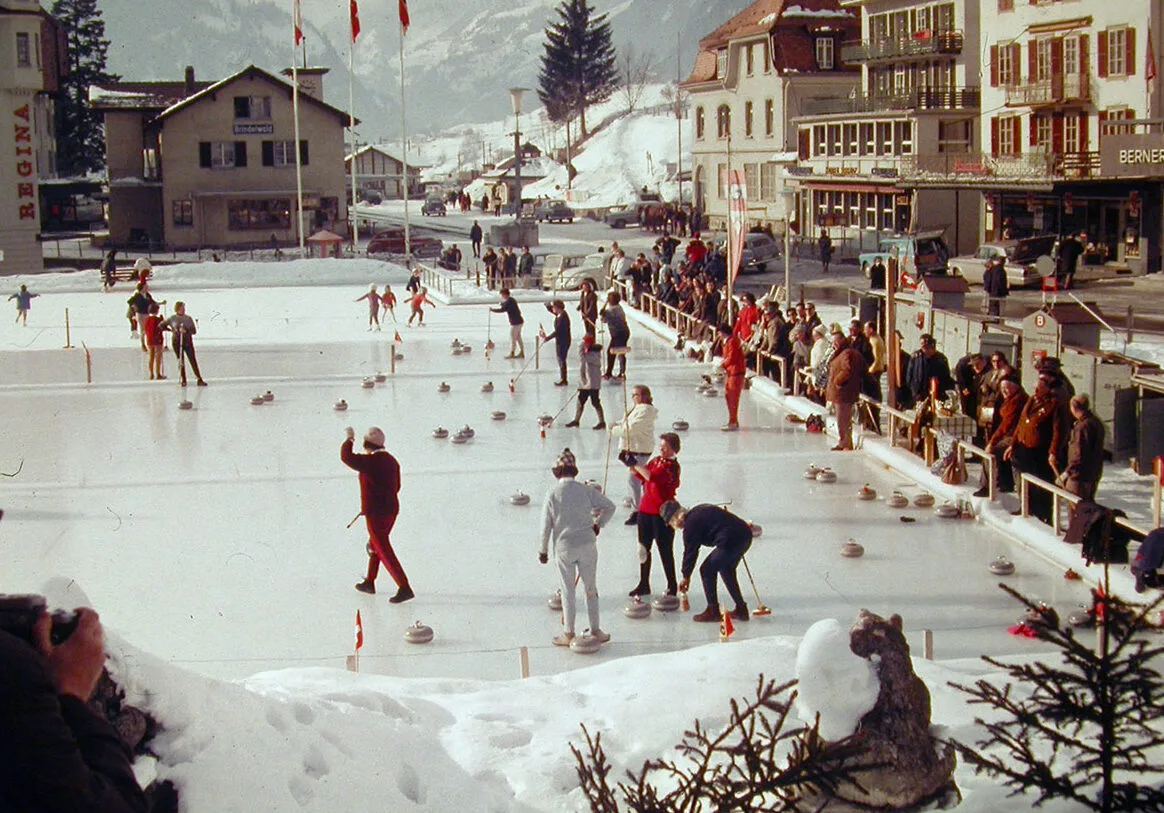
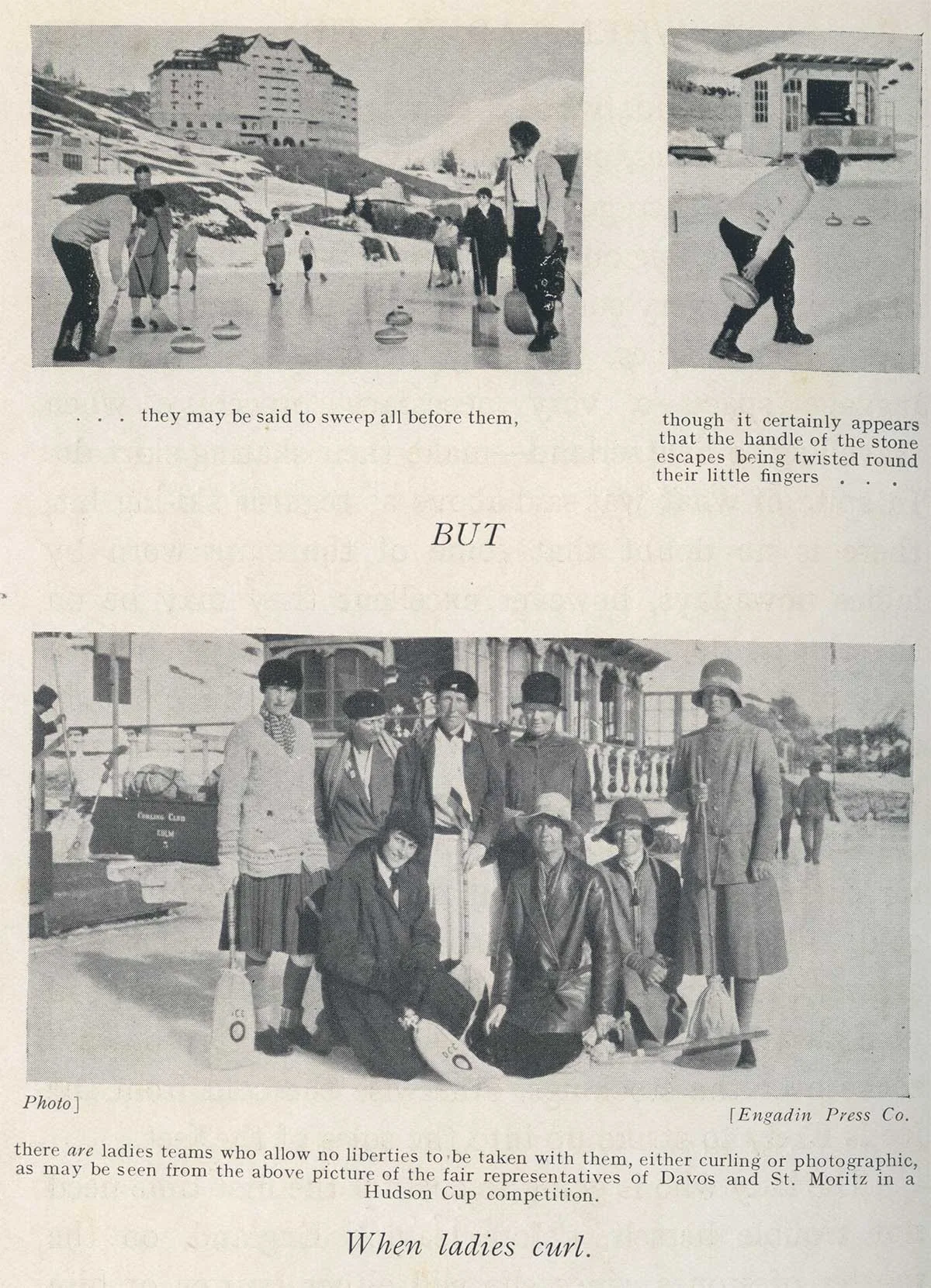
Swiss Sports History
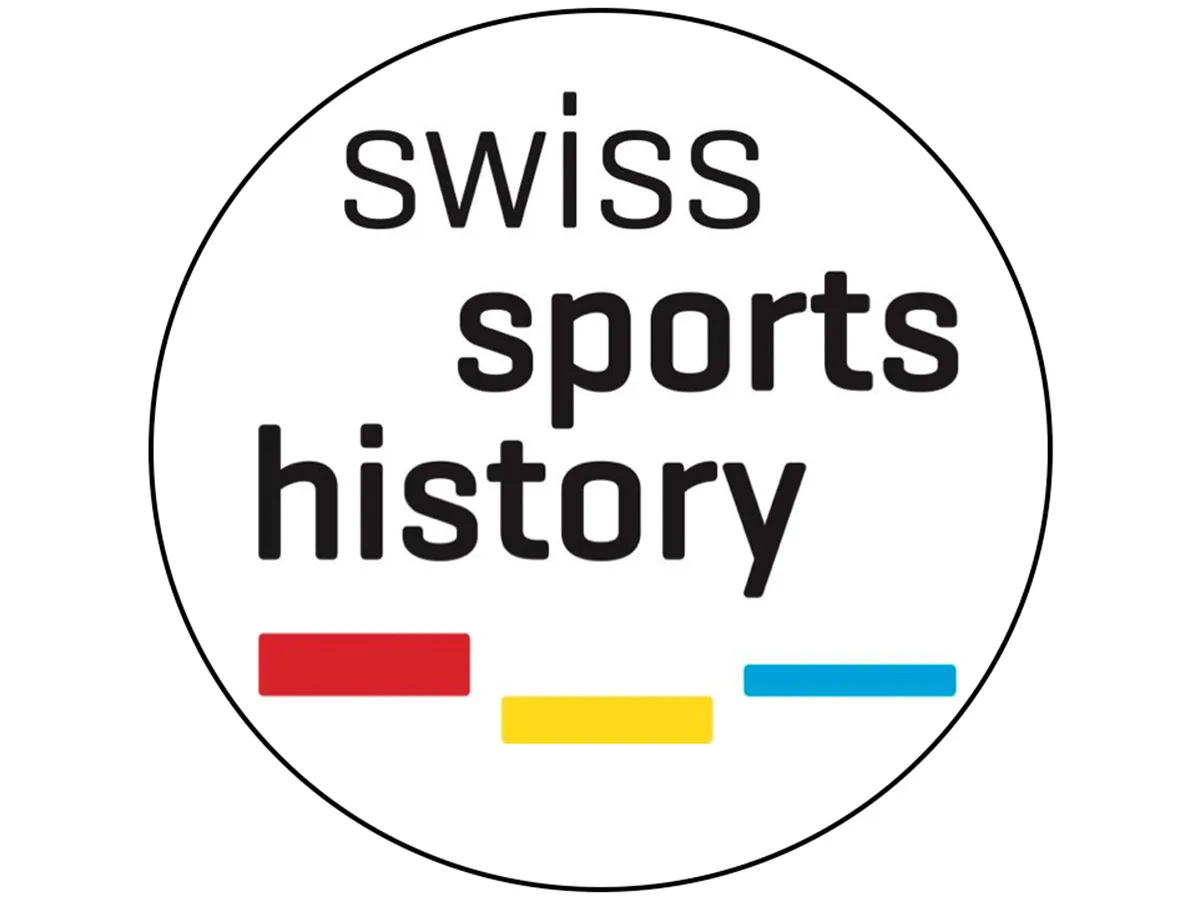
This text was produced in collaboration with Swiss Sports History, the portal for the history of sports in Switzerland. The portal focuses on education in schools and information for the media, researchers and the general public. Find out more at sportshistory.ch



